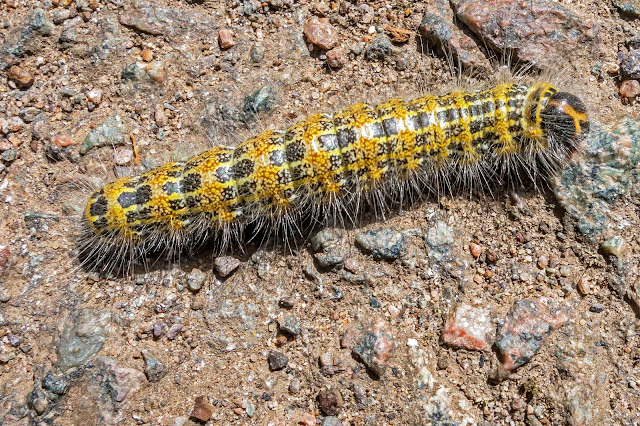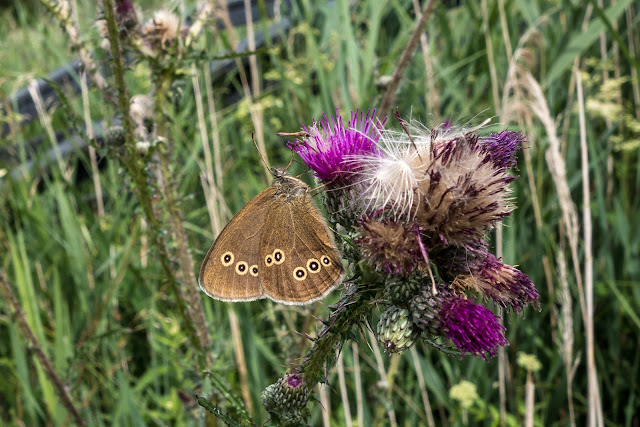Museum of East Anglian Life with Izobelle

Where shall we go today with Izobelle? Well, not far from her home is the Museum of East Anglian Life, and that is where we headed. The Museum of East Anglian Life is one of the biggest Museums in Suffolk. It occupies over 75 acres of countryside in the heart of Stowmarket. The land was originally part of the Home Farm for the Abbot’s Hall estate. The estate's history dates from medieval times when it was an outlying manor for St Osyth’s Priory in Essex. It passed through numerous owners until it was purchased by the Longe family in 1903. Huge changes in the 1950’s and ‘60s meant England was in danger of losing long established skills, equipment and buildings if something was not done to rescue them. Individual collectors, local farmer Jack Carter and the Suffolk Local History Council worked to collect, preserve and display objects from rural East Anglia. After several years of temporary exhibitions the Misses Vera and Ena Longe placed 70 acres of farmland, Abbot’s Hall, ...



